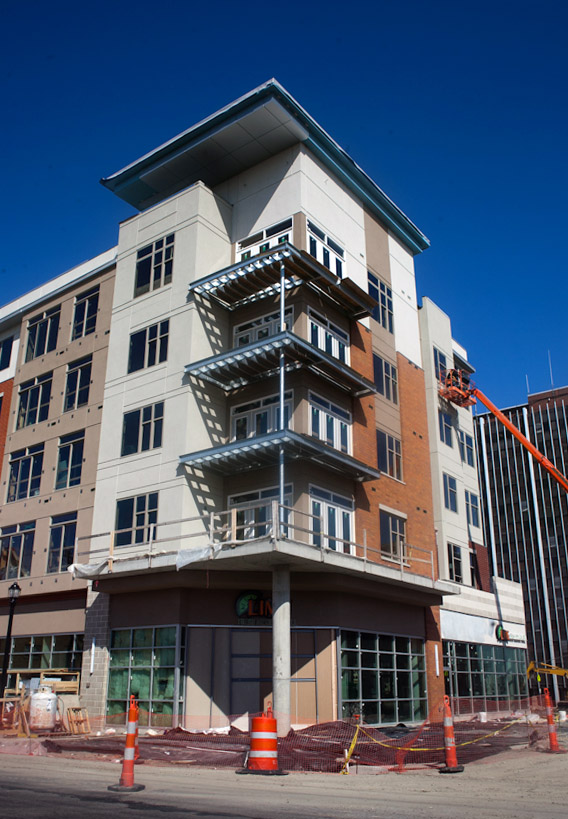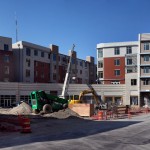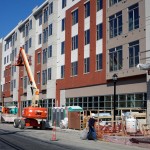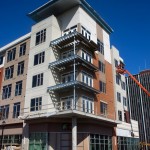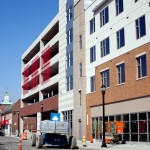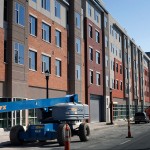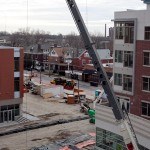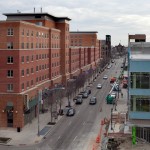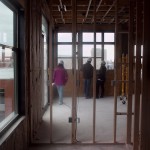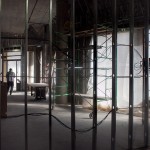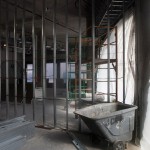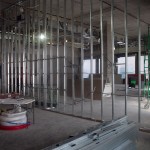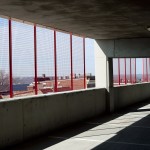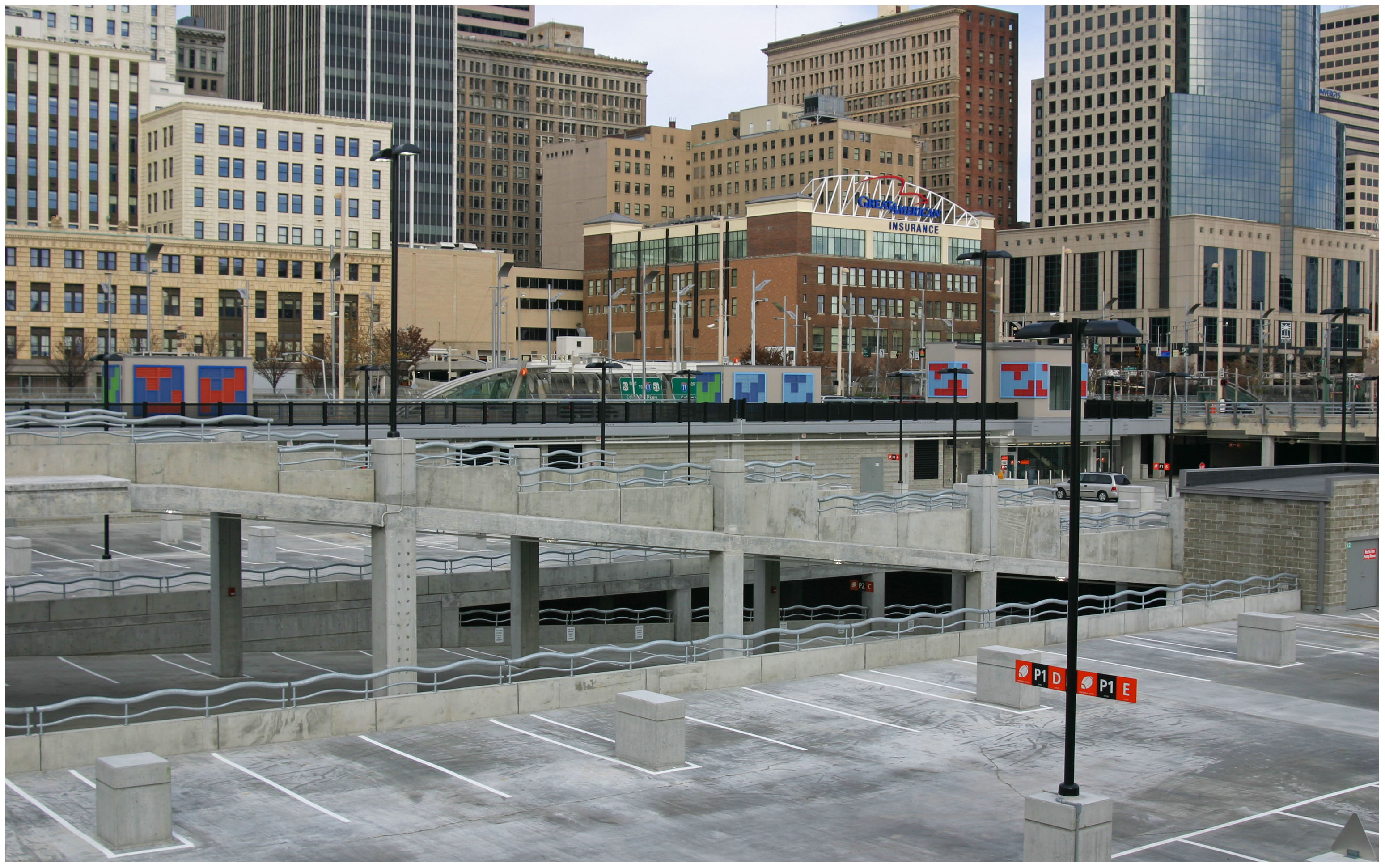The City of Cincinnati will hold a public conference this evening about proposed amendment to the zoning code that would deregulate parking requirements throughout the center city.
According to city officials, the amendment would create new ‘Urban Parking Districts’ and remove the current regulations that mandate how many parking spaces must be provided for any new development or for any project that is modifying the use of an existing structure.
The efforts to get rid of the parking requirements throughout the center city have been ongoing for years.
In June 2010, city officials moved forward with new legislation that allowed for a 50% parking reduction for residences located within 600 feet of a streetcar stop. Then in March 2012, Vice Mayor Roxanne Qualls (C) introduced a motion, which was co-sponsored by six other council members, to eliminate all parking requirements throughout the Central Business District and Over-the-Rhine.

Over-the-Rhine’s existing historic fabric is at risk of further demolitions, due to current parking requirements, as investment continues to pour into the neighborhood. Photograph by Randy Simes for UrbanCincy.
Last March, UrbanCincy examined just how these off-street parking mandates are stifling growth and investment in the center city, which was largely built before the advent of the automobile. The requirements have led to not only increased costs for small businesses, but they have also led to an excess of parking in these neighborhoods.
The parking regulations also make it particularly difficult to redevelop smaller historic buildings like the ones found throughout Over-the-Rhine.
“Requiring parking for historic structures that have never had parking is incentivizing their demolition. This puts the property owner in a really difficult position; he must either find parking for the building, demolish it or let it languish in perpetuity.” Nashville city planner, Joni Priest, told UrbanCincy last March. “If a property owner wants to rehab an historic building – a building that marks the character of a neighborhood and contributes to the fabric of the city – all incentives, including the elimination of parking requirements, should be considered.”
Parking requirements have also contributed to the increased costs of redevelopment in these historic neighborhoods.
Last April, Chad Munitz, Executive Vice President of Development and Operations of the Cincinnati Center City Development Corporation (3CDC), estimated that existing parking mandates cost developers, on average, $5,000 for one surface parking space and $25,000 for a structured parking space. The increased cost associated with that parking, Munitz says, is then passed on to the consumer and raises the price of a residential unit by as much as $25,000.
The City of Cincinnati’s Planning & Buildings Department will host the public conference this evening at 5:30pm at Two Centennial Plaza, which is located at 805 Central Avenue downtown, and is well-served by a number of Metro bus routes (plan your trip). City officials say that the meeting will take place on the 7th floor, Suite 720 in the Martin Griesel Room A.
